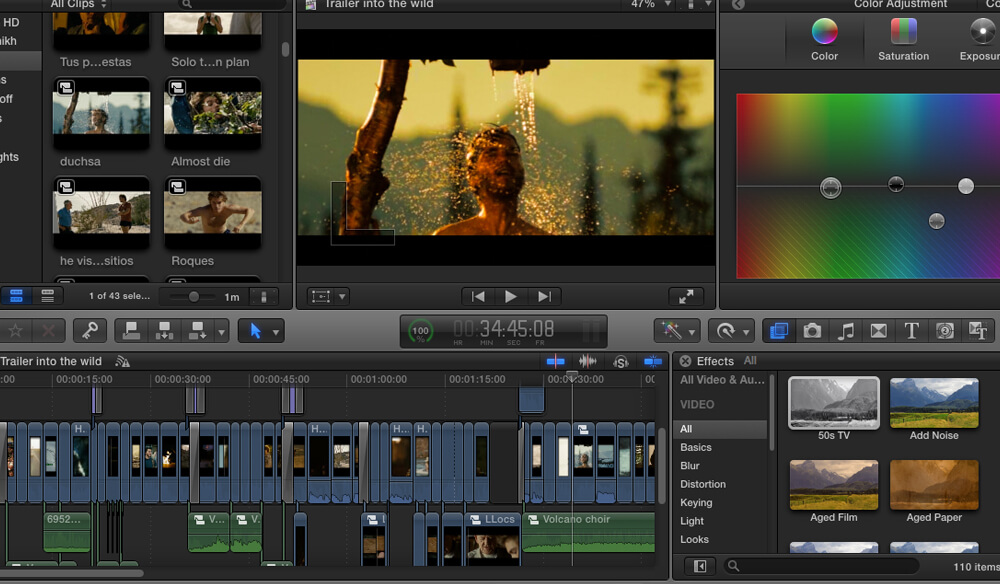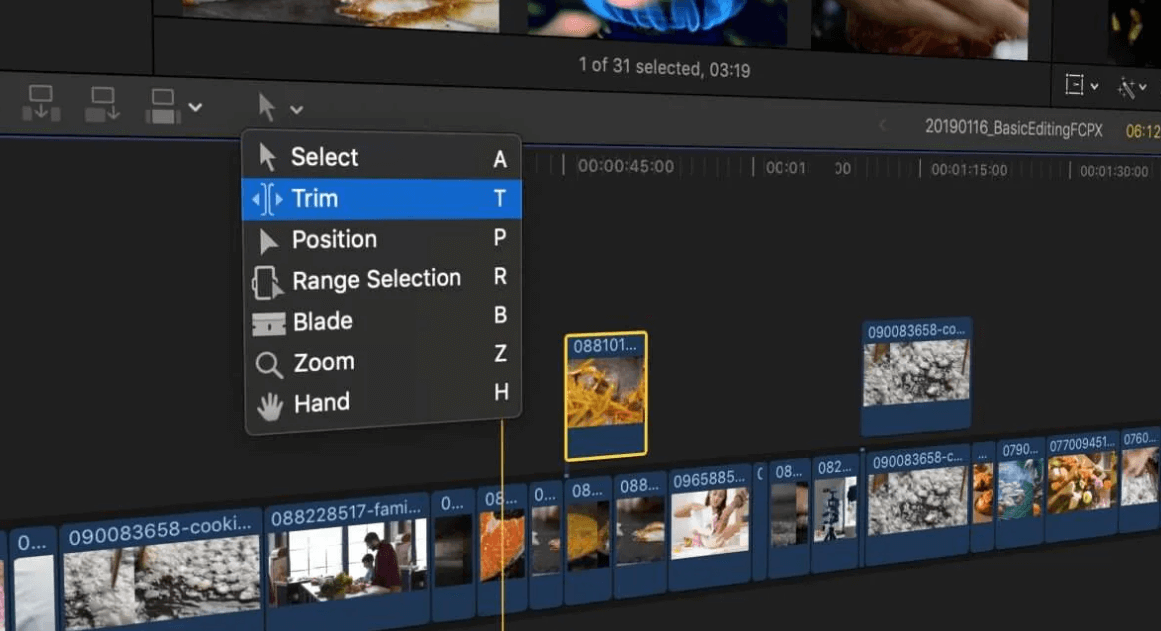Final Cut Pro is a video editing software developed by Apple Inc. It has gained popularity among professionals and enthusiasts alike due to its powerful features and user-friendly interface. In this article, we will explore the various aspects of Final Cut Pro and its impact on the world of video editing.
One of the key features of Final Cut Pro is its ability to handle a wide range of video formats and resolutions. Whether you are working with 4K footage or compressed video from a mobile device, Final Cut Pro can handle it all. This flexibility makes it an ideal choice for editors who need to work with a variety of video sources.
Another strength of Final Cut Pro is its streamlined interface. The software is designed to be intuitive and easy to use, even for those who are new to video editing. The interface is divided into three main areas: the browser, the timeline, and the viewer. The browser is where you import and organize your video clips, the timeline is where you assemble your project, and the viewer is where you can preview your work.
Final Cut Pro also offers a range of advanced features that allow editors to fine-tune their projects. One such feature is the color grading tools, which allow you to adjust the color balance, contrast, and saturation of your footage. This can be especially useful for correcting color issues or creating a particular mood or atmosphere.

Another advanced feature of Final Cut Pro is its audio editing tools. With Final Cut Pro, you can edit audio clips in the timeline, adjust volume levels, and add effects such as EQ and reverb. This allows you to create a polished and professional-sounding audio mix for your video projects.
Final Cut Pro also supports a wide range of third-party plugins and extensions. These can add additional functionality to the software, such as specialized effects or advanced color grading tools. This makes Final Cut Pro a highly customizable software that can be tailored to meet the specific needs of individual editors.
Since its initial release in 1999, Final Cut Pro has evolved significantly. The current version, Final Cut Pro X, was released in 2011 and represents a major overhaul of the software. While some longtime users were initially skeptical of the changes, Final Cut Pro X has since gained a dedicated following.
One of the most significant changes in Final Cut Pro X is the introduction of a magnetic timeline. This timeline allows editors to easily move and rearrange clips without disrupting the overall structure of the project. This can be especially useful when working with complex projects that require multiple revisions.

Another key feature of Final Cut Pro X is its integration with other Apple software and hardware. For example, editors can use the software with the Touch Bar on the MacBook Pro to quickly access commonly used tools. Final Cut Pro X also supports the use of Apple’s Metal graphics technology, which allows for faster processing and rendering of video.
Final Cut Pro has had a significant impact on the world of video editing. Its intuitive interface and powerful features have made it a popular choice among professionals and amateurs alike. It has also inspired a thriving ecosystem of third-party plugins and extensions, which further expand its capabilities.
In conclusion, Final Cut Pro is a powerful and versatile video editing software that offers a range of advanced features and a user-friendly interface. Whether you are a professional editor or an amateur filmmaker, Final Cut Pro has something to offer. Its impact on the world of video editing is undeniable, and it continues to be a leading software in the industry.





